Polish Army Stadium: Legia Warsaw
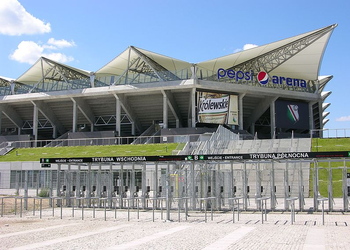
By Adrian Grycuk (Own work) [CC BY-SA 3.0 pl], via Wikimedia Commons
Officially known as the Legia Warsaw Municipal Stadium of Marshal Józef Piłsudski but more commonly called the Polish Army Stadium, The Municipal Stadium in Warsaw has been the home of Legia Warsaw since it opened on the 9th of August in 1930. It cost around €110 million to build and was renovated extensively between 2008 and 2010. Located in the Śródmieście district of Warsaw, it is the sixth largest stadium in all of Poland.
It seems obvious to say, but the reason it is known colloquially as the Polish Army Stadium is that it was owned by them for many years. It needed to undergo severe refurbishment for some time but couldn’t because of the complicated ownership status of the land, given that it belonged to the military. In 2002 it was eventually sold to the City of Warsaw for sixteen million Zl.
Stats
| Polish Army Stadium Stats | |
|---|---|
| Year Opened | 1930 |
| Capacity | 31800 |
| Average Attendance | 21233 |
| Record Attendance | 30787 (Legia Warsaw v Śląsk Wrocław (2013)) |
| Pitch Size | 105 x 68 (7140) |
| Nickname | Polish Army Stadium |
| Owner | City of Warsaw |
| Clubs Hosted | Legia Warsaw |
| First Fixture | Legia Warsaw v CF Europa (09/08/1930) |
| Legia Warsaw Stats | |
|---|---|
| Year Founded | 1916 |
| Nickname | Wojskowi, Legioniści |
| Club Mascot | Plus500 |
| Rivals | Polonia Warsaw, Lech Poznań, Wisła Kraków, Widzew Łódź |
| Kit | White (Home) / Green (Away) / Green, White & Black (Third) |
| Training Ground | Stadion Miejski Legii Warszawa im. Marszałka Józefa Piłsudskiego |
| Shirt Sponsor | Fortuna |
| Team Owner | Dariusz Mioduski |
| Record Goalscorer | Lucjan Brychczy (227) |
| Record Appearances | Lucjan Brychczy (452) |
Polish Army Stadium Photos
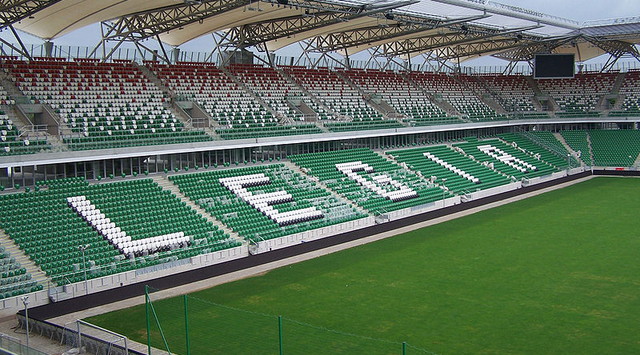
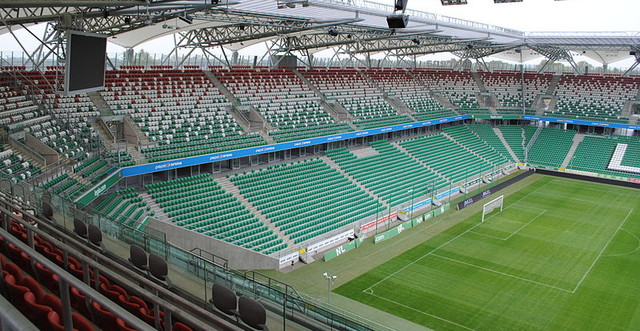
By Sofik (Od autora via e-mail (OTRS wysłany)) [CC BY-SA 3.0]
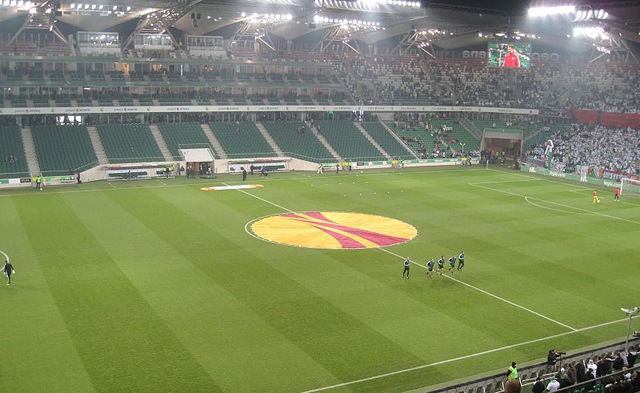
By Michał Krzycki [CC BY-SA 3.0]
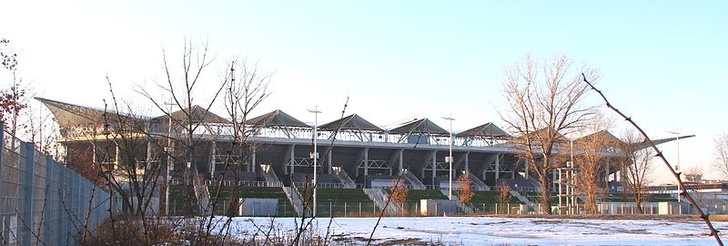
By Wistula (Own work) [CC BY-SA 3.0]
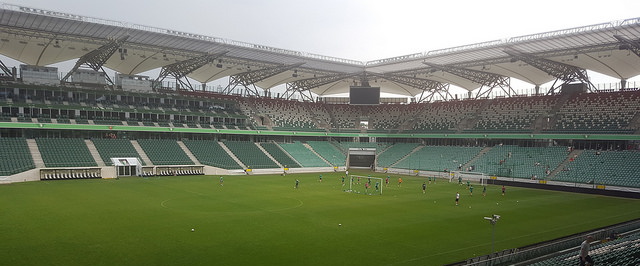
Przemek P / Flickr.com
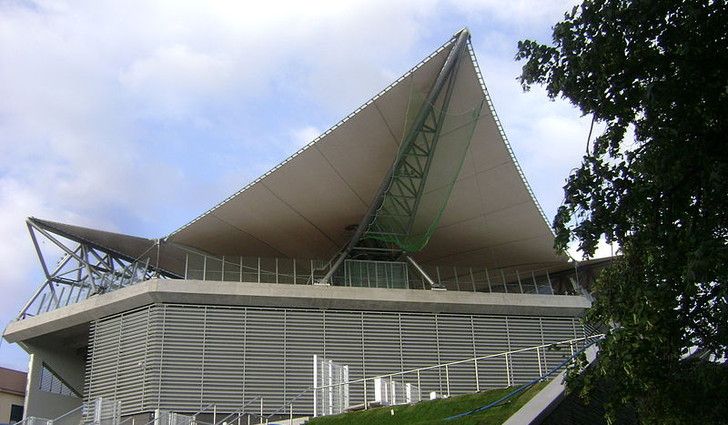
By Albertyanks (Own work) [CC BY-SA 3.0]
Polish Army Stadium Seating Plan and Where to Sit
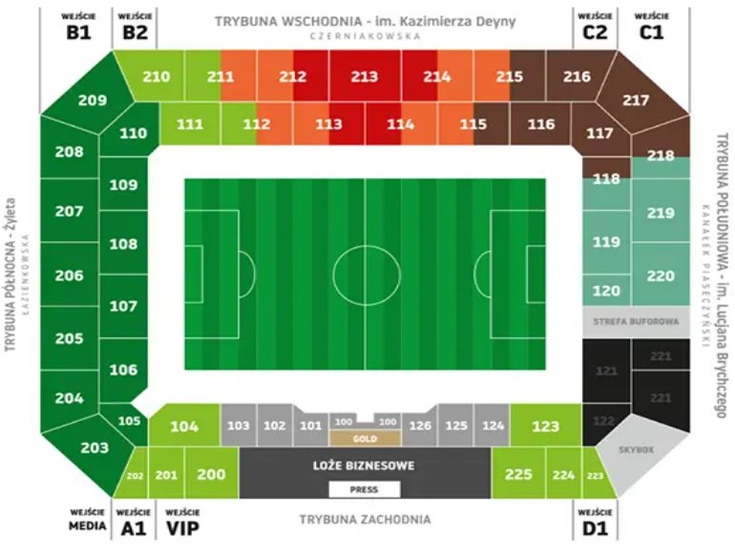
Since its refurbishment the Polish Army Stadium is actually quite an impressive sight. The North and South Stands are behind the goal and are both double-tier, with The East and West Stands running along the side of the pitch and also featuring two tiers. The North Stand is known as Żyleta and seats the most fervent Legia Warsaw fans around the place. The West Stand, meanwhile, contains the dugouts as well as the players’ tunnel and the main VIP areas.
Legia Warsaw Ticket Prices
Match ticket prices vary depending on where in the ground you’d like to sit, how old you are and whether or not you have a membership to Legia Warsaw. Presuming that you don’t then you’ll be looking to pay between 40 and 65 Zl if you’re an adult, from 33 to 53 Zl if you’re a student or a senior citizen and between 30 and 40 Zl if you’re a child.
How To Get Legia Warsaw Tickets
Interestingly, the only people who are allowed to buy tickets online for matches in Poland are those with a national identification number known as a PESEL. For everyone else you’ll have to buy your tickets in person as you’ll need to provide proof of your identity. It is against the law for anyone to enter a stadium in Poland anonymously.
Where to Buy
Getting To Polish Army Stadium
Poland isn’t easy to reach from the UK, but there are ways to get there. Here are some of the most common ways to get to the stadium:
Train – Getting the train from London to Warsaw will take just under a day, going via Brussels and Essen before eventually pulling into Warsaw itself. In the city the Warszawa Powiśle train station is just under thirty minutes walk from the ground.
Bus – There are a number of buses that run from the centre of Warsaw to the stadium. 107, 108, 138, 141, 143, 159, 162, 171, 182, 185, 187, 188, 502 and 520 will all get you to the ground.
Car – If you’d like to drive to the ground then your best bet is to get a sat-nav device and put the address into it.
By Air – There are two airports that serve Warsaw. The closest is the Warsaw Chopin Airport, which is just over ten miles away. Warsaw-Modlin Mazovia Airport is more like thirty miles away.
Taxi – A cab from the centre of Warsaw to the ground will likely cost you about 15 Zl but shouldn’t take much longer than five minutes to reach its destination.
Parking Near Polish Army Stadium
There is a limited amount of parking at the stadium, so you might be best parking in town and then getting out to the ground by other means.
Useful Resources
Polish Army Stadium Hotels
Warsaw is the capital of Poland, so it goes without saying that there are a number of good hotels to choose from in the city. Here are the pick of the bunch:
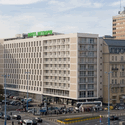
Metropol Hotel - £40+
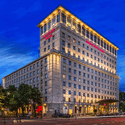
Mercure Warszawa Grand - £45+
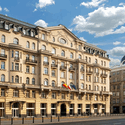
Polonia Palace Hotel - £60+
Pubs and Bars Near Polish Army Stadium
Warsaw is a brilliant city to go for a drink in. Whether you want to have a couple of glasses of Polish vodka or some strong Polish lager, you’ll be able to find what you’re after. Here are some of our preferred watering holes:
British Bulldog Pub
Pub Przejście
Wilcza Okocim Grill&Bar Beer Pub
Facilities
The Legia Warsaw Municipal Stadium of Marshal Józef Piłsudski has some of the best and most modern facilities in all of Poland. There are all of the usual places you’d expect to find in a top-tier stadium as well as excellent views from pretty much all over the ground.
Hospitality
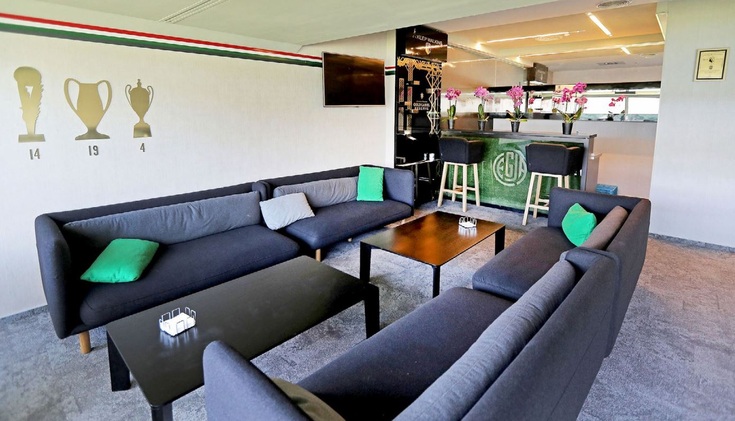
There are a number of excellent hospitality packages available at the Legia Warsaw Municipal Stadium of Marshal Józef Piłsudski. There are different levels of packages, including diamond, gold and silver. There are also business lodges available for hire. There are twelve of them and they offer the ultimate in luxury.
Private Hire
As well as the lodges there are also excellent conference facilities available at the Polish Army Stadium. It can be found in the centre of the stadium and can be used for presentations, business meetings and, of course, conferences.
Stadium Tours & Museum
The Marshall Józef Piłsudski’s Municipal Stadium tour gives you an opportunity to see behind-the-scenes at one of the most modern stadia in all of Europe. You’ll get to have a walk down the players’ tunnel to pitch side and the dugouts, through the dressing rooms, into The Żyleta Stand and through some of the executive areas of the stadium. Tours run at 12.30 from Monday to Friday and at 12pm and 2pm on weekends. It’s 28 Zl for adults and 18 Zl for reduced tickets. There’s also a museum that is open from 11am to 7pm Monday to Friday and from 11am to 5pm at the weekend. That is free to go around.
About Legia Warsaw
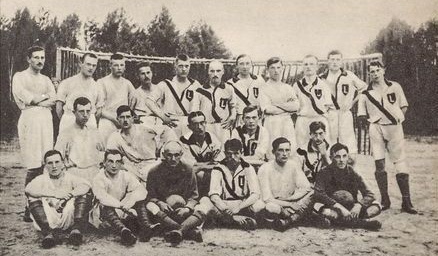
Legia Warszawa, better known as Legia Warsaw in English, is one of the most successful Polish football clubs in the country’s history. There is some debate about the club’s origins, with some claiming that it came out of another club called Drużyna Sportowa Legia in 1916, whilst others believe that it was founded by a Polish army officer in a casino in the capital of Poland in December of 1920. The latter seems more likely as the club was named Wojskowy Klub Sportowy Warszawa until it merged with another local club, Korona, in 1923 and took on the Legia part of the name.
Domestically, Legia Warsaw have won fifteen Polish Championships, and at the time of writing they hold the record for the number of Polish Cup wins, something they’ve picked up nineteen times. The Polish SuperCup has gone to Legia four times and they’ve won the Polish League Cup once. They’ve been less successful in Europe, however. They reached the semi-final of the European Cup in 1970 and the quarter-final of the same competition in both 1971 and 1996. They’ve never got past the round of the final 32 of the Europa League.
Polish Army Stadium History
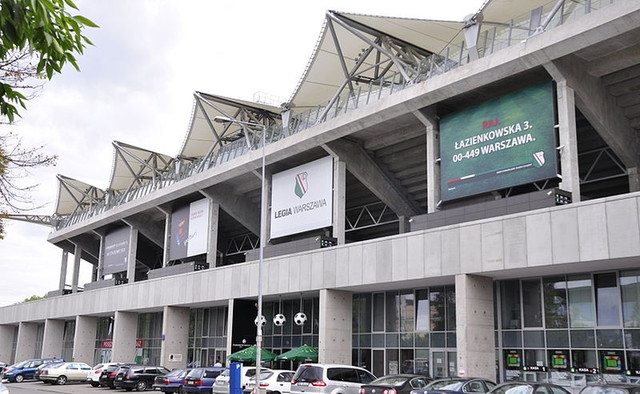
Legia Warsaw have played their home games at the Legia Warsaw Municipal Stadium of Marshal Józef Piłsudski since it opened for the first time when they hosted Śląsk Wrocław. The stadium as it is now bears very little resemblance to the ground that opened back in 1930. The club’s success in the mid-1990s led many to want the stadium to be modernised or, preferably, replaced. Towards the end of 199os, however, nothing had been done because of the complicated nature of the ownership of the land. It belonged to the army and they refused to allow it to be developed. Nothing took place until it was sold to the city of Warsaw in 2002.
Originally the tender for the redevelopment of the stadium was won by a German consortium, but the city of Warsaw dismissed their offer. When the club got new owners in 2006 an idea was mooted that it might be worth trying to re-build the stadium in a piecemeal process that would allow it to remain during the construction. Stage by stage the old ground was demolished and replaced by a newer, more modern stadium. It was officially re-opened with a game against Arsenal in August of 2010. The final stage was completed in 2011.
Future Developments
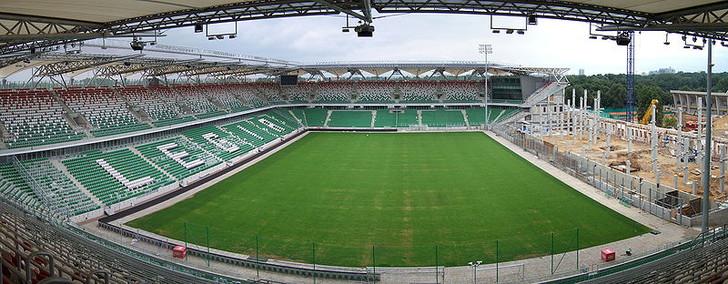
Having only opened fairly recently, it’s unlikely that any major developments will be done to the ground in the near future.
